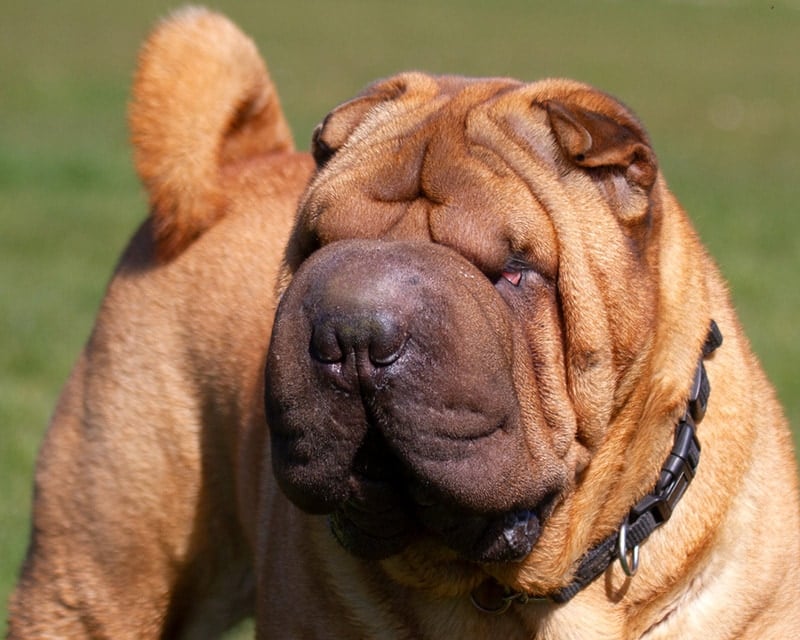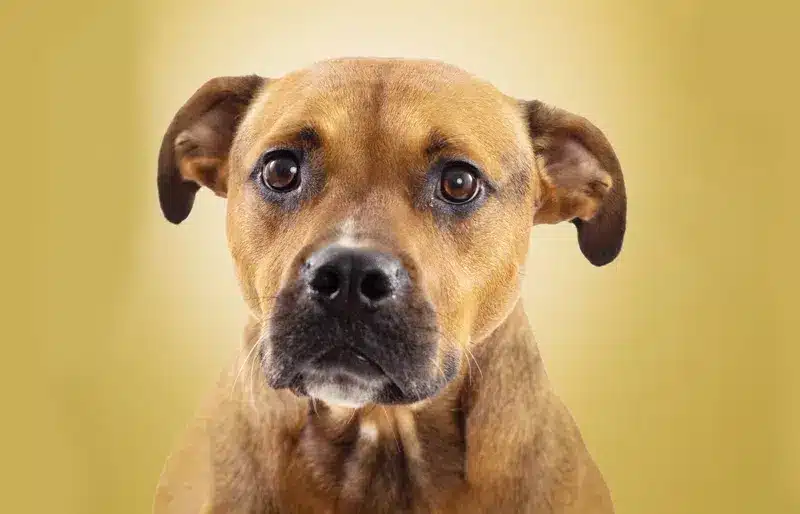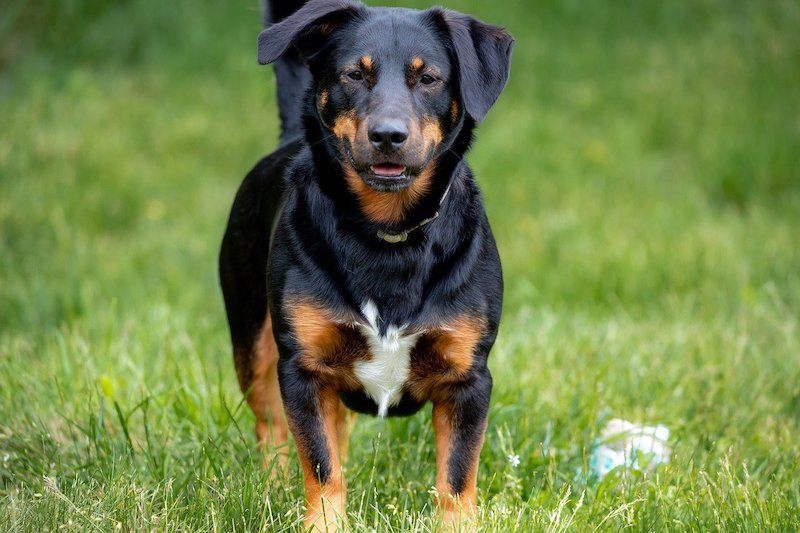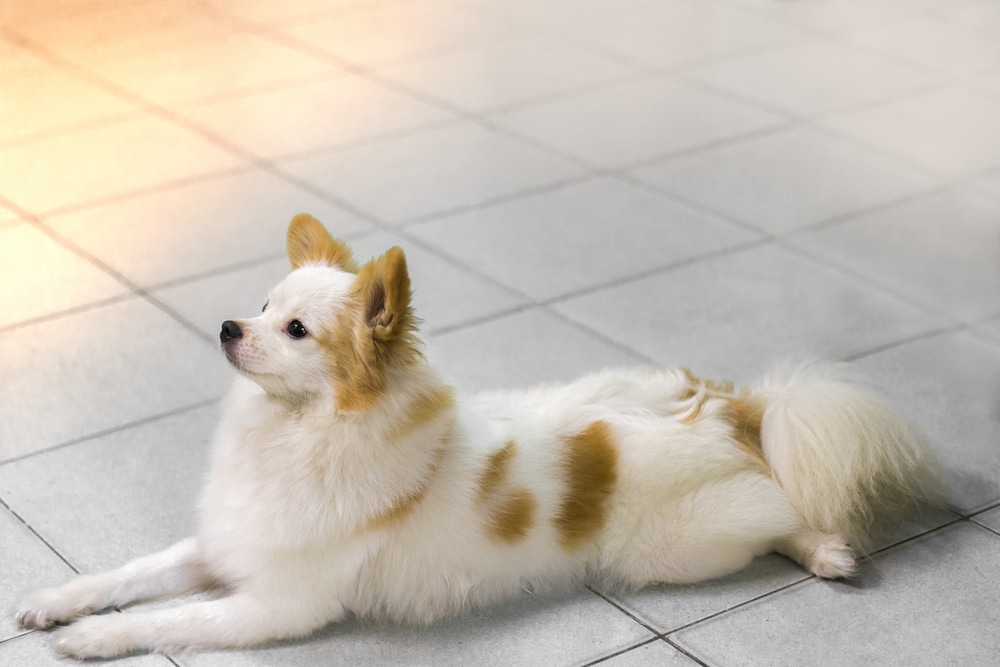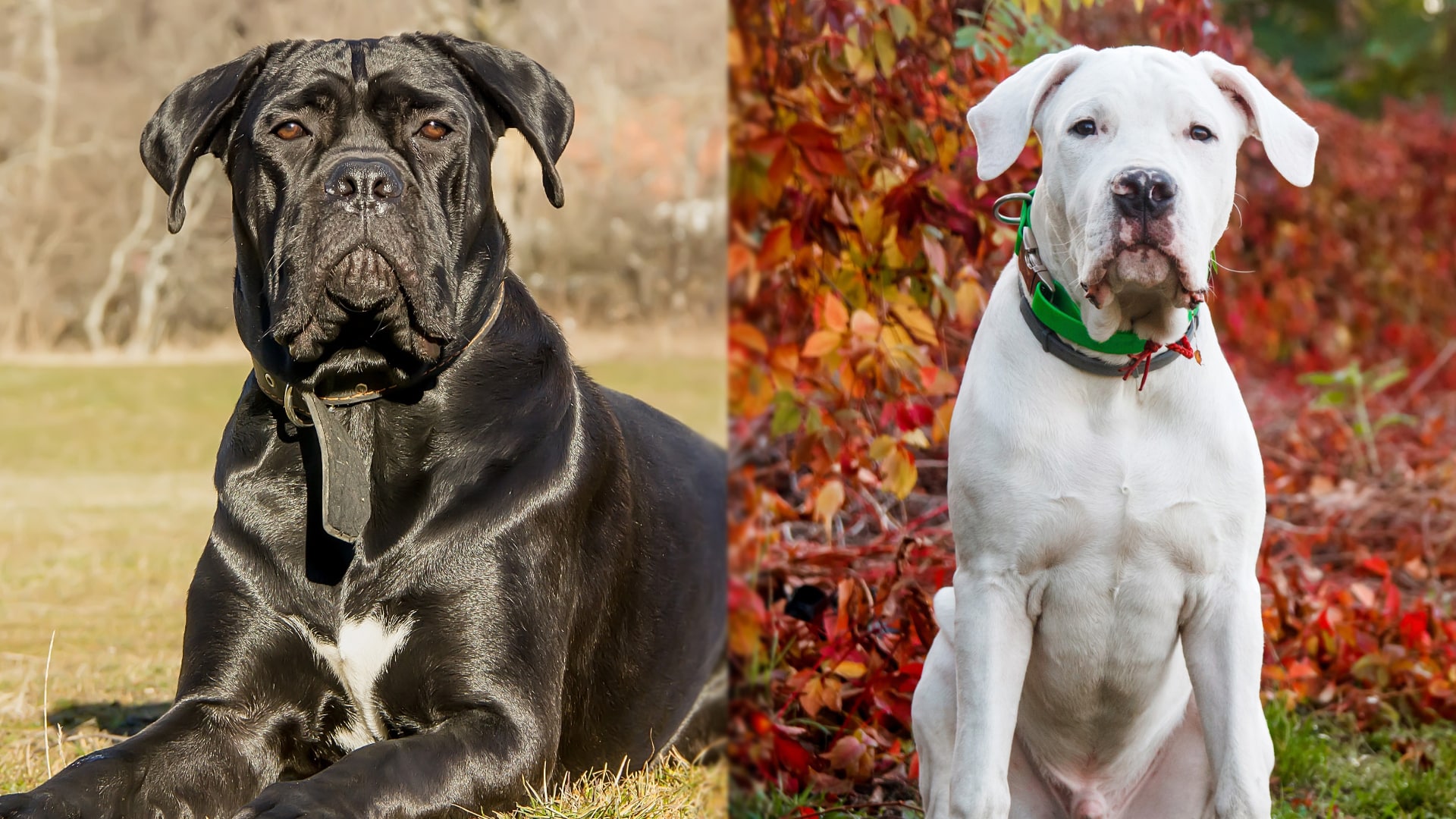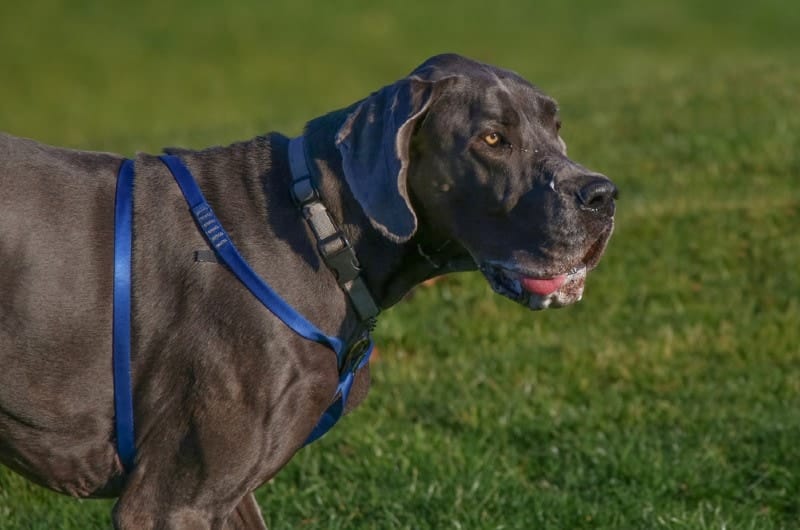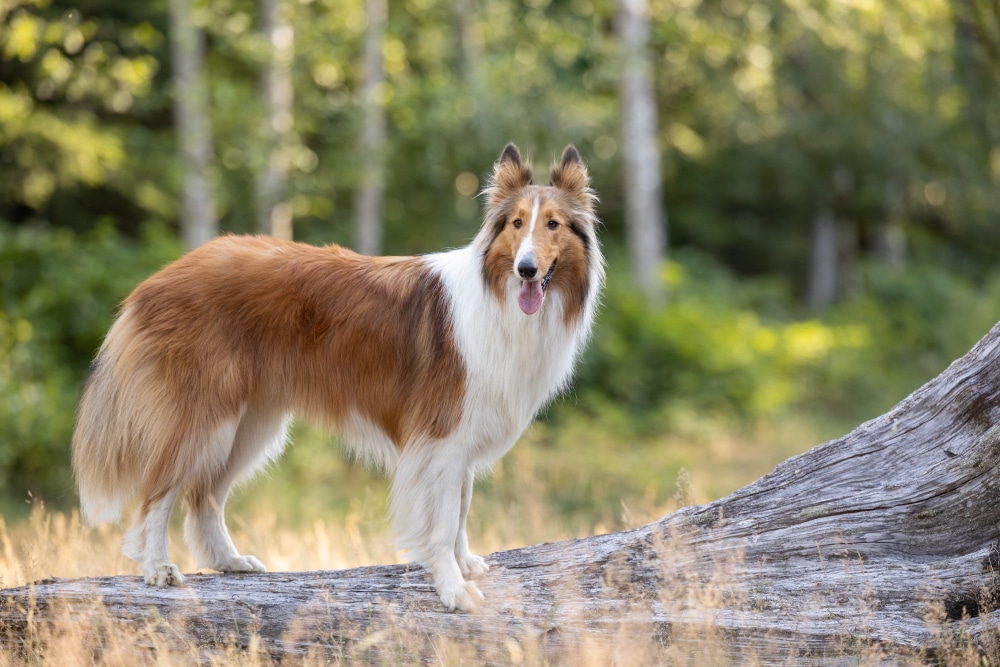Brachycephalic dogs, like those adorable Bulldogs and Pugs, might charm us with their squished faces, but it often comes at a price: breathing issues. It’s tough watching them snort and huff after just a bit of running around. For these pups, stenotic nares surgery could be a lifesaver, clearing up those pinched nostrils and letting them breathe a whole lot easier. But how much does it set you back? Let’s dive into the details.
Brachycephalic breeds are known for their shortened heads, which are cute but can lead to a heap of problems, especially with breathing. This is because their nostrils, or nares, might collapse, making breathing through them difficult or sometimes downright impossible. This is where stenotic nares surgery comes into play – it removes part of the nostrils to widen them, making it easier for these dogs to catch a good breath. But before rushing off to the vet, the cost is something to consider. It can really vary based on location, how severe the issue is, and what kind of surgery the vet uses, ranging anywhere from $500 to $2,000.
Why should you think about stenotic nares surgery? The surgery can dramatically improve a dog’s quality of life by reducing snoring and heavy breathing. If left untreated, pinched nares can even lead to the windpipe collapsing, which can be fatal in extreme cases. So, this isn’t just about reducing the noise – it’s about potentially saving your pet’s life too. On top of that, the surgery might help prevent other related health issues from cropping up.
The choice of surgical technique can also affect the cost and recovery. While traditional scalpel techniques are more common and usually cheaper, laser surgery is gaining traction due to its precision and quicker recovery times, albeit at a higher cost. Opting for laser surgery means a shorter operation time, less bleeding, and potentially fewer stitches, which can make a big difference post-operation. But no matter the method, consulting with a vet to choose the right procedure for your pet is key.
Unfortunately, pet insurance often doesn’t cover such hereditary issues like brachycephalic obstructive airway syndrome, or BOAS. This can mean covering the surgery costs out-of-pocket. However, it’s wise to comb through different policies to see if any could ease the financial strain. Sometimes, surgery can be combined with other procedures, like neutering, to save on anesthesia costs, so it’s worth asking a vet about this option.
Post-surgery, expect some general care required for recovery. Often, dogs head home the same day, though if your pup’s surgery included stitches, keeping them from pulling them out is important. Even if breathing won’t ever be exactly like non-brachycephalic dogs, the improvement can be significant.
Having a brachycephalic dog means dealing with certain health challenges, breathing difficulties being a major one. Stenotic nares surgery could be a solid option to greatly improve your dog’s comfort and longevity, even if it requires a financial investment. Talking to a vet can help determine if this surgery is the right step for your furry friend. Remember, while the cost might seem hefty, the potential health benefits for your beloved pet could outweigh any financial concerns.
